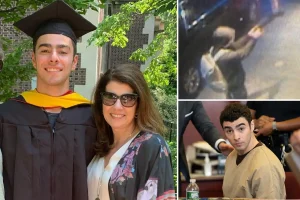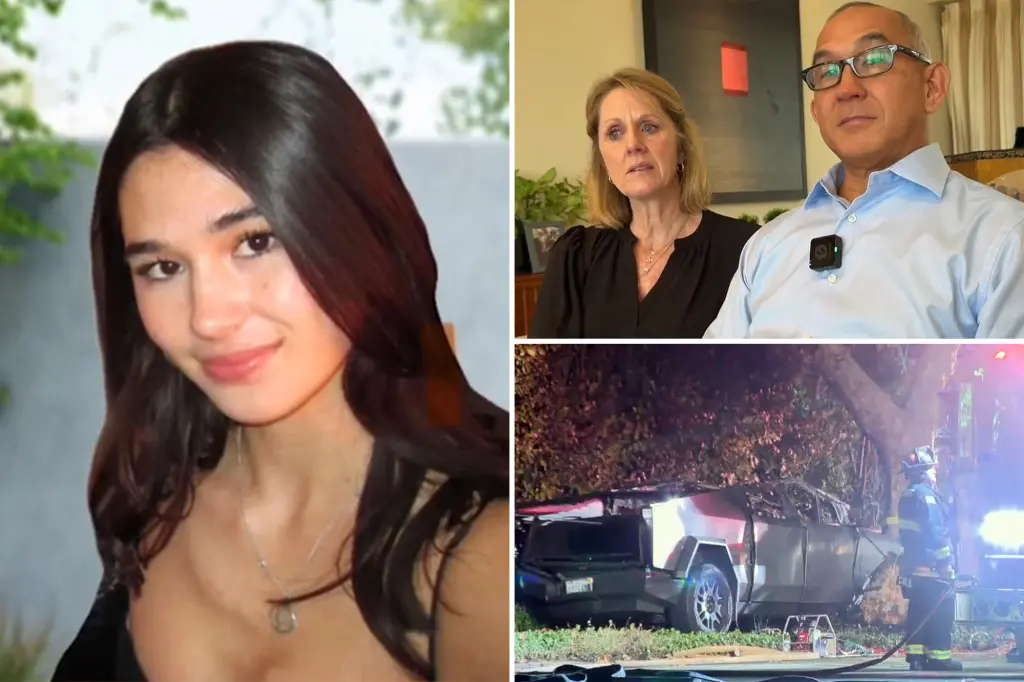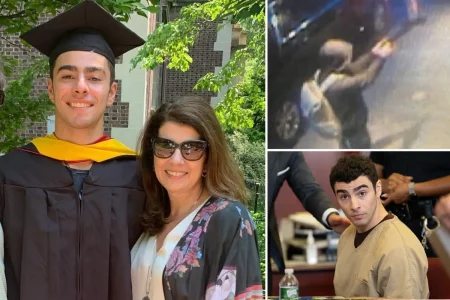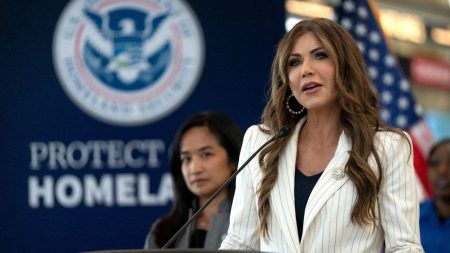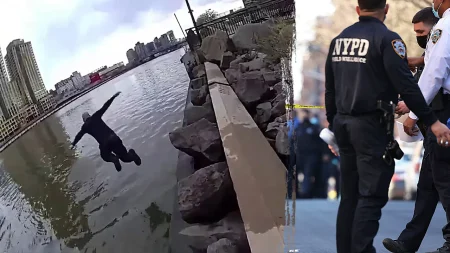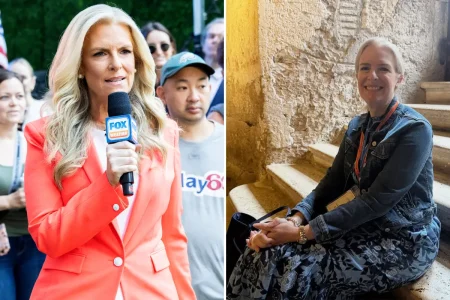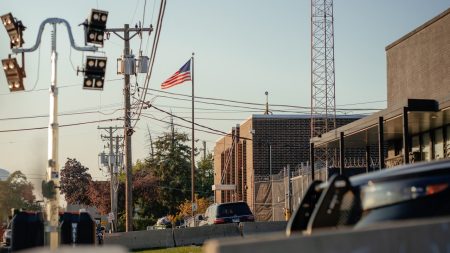Tragic Tesla Accident Raises Serious Safety Concerns
The heartbreaking story of 19-year-old Krysta Tsukahara has become the center of a legal battle that challenges one of the world’s most innovative automotive companies. Krysta, a young arts student full of promise and potential, lost her life in a Tesla crash that her parents claim could have been prevented. According to a lawsuit filed in Alameda County Superior Court, Krysta was trapped inside the vehicle as it burst into flames, unable to escape due to what her parents allege is a fundamental design flaw in Tesla’s door mechanism. This tragedy has not only devastated a family but has also raised alarming questions about vehicle safety in the era of cutting-edge electric vehicles. The Tsukaharas maintain that Tesla, the company that propelled Elon Musk to become the world’s wealthiest individual, was aware of this potentially fatal flaw for years but failed to implement necessary changes, ultimately resulting in their daughter being unable to escape the smoke and flames that claimed her life.
The incident that took Krysta’s life occurred when she was traveling in the back of a Tesla Cybertruck that crashed into a tree in a San Francisco suburb. The circumstances were already dangerous—the driver was reportedly intoxicated and under the influence of drugs—but what makes this case particularly haunting is that three of the four occupants, including the driver and Krysta, perished in the accident. One survivor was pulled from the wreckage only after a rescuer broke a window to reach inside the vehicle. This suggests that without external intervention, all occupants might have been trapped. The lawsuit, first brought to wider attention by The New York Times, points to a specific issue with Tesla’s door mechanisms: the battery that powers the electronic door-unlocking system can be destroyed during a fire, and the manual override releases—which should serve as a failsafe in precisely such emergencies—are reportedly difficult to locate, especially in panic situations or when visibility is compromised by smoke.
This lawsuit doesn’t exist in isolation but joins a growing chorus of legal challenges questioning Tesla’s safety standards. Just months earlier, a Florida jury awarded more than $240 million in damages to the family of another college student killed by what was described as a “runaway Tesla.” These legal challenges coincide with a recently launched investigation by the National Highway Traffic Safety Administration (NHTSA), which is examining complaints from Tesla owners who have experienced alarming door malfunctions. Some drivers report being unable to open rear doors to retrieve their children after exiting the vehicle, with some resorting to breaking windows to reach their trapped family members. The timing of these safety concerns is particularly problematic for Tesla as the company attempts to convince the public that its vehicles will soon be sufficiently safe to operate without human drivers—a future vision that requires extraordinary trust in the company’s safety engineering.
The tragedy of Krysta Tsukahara illuminates the human cost behind technical failures. While Tesla has revolutionized the automotive industry with its electric vehicles and innovative features, this case highlights how fundamental safety mechanisms—like the ability to exit a vehicle in an emergency—cannot be compromised in the pursuit of technological advancement. For Krysta’s parents, their lawsuit represents more than just seeking compensation; it stands as a demand for accountability from a company that has often moved faster in innovation than in addressing potential safety concerns. Their legal action speaks to the anguish of parents who believe their daughter’s death could have been prevented if Tesla had prioritized addressing known safety issues with the same urgency and creativity they apply to developing new features and models.
The technical issue at the heart of this case—a door mechanism that may fail precisely when it’s most needed—raises broader questions about safety design in modern vehicles. As cars become increasingly sophisticated, with complex electronic systems controlling even basic functions like door operations, manufacturers must ensure that emergency overrides are intuitive and accessible to all users, not just those familiar with the vehicle’s technical specifications. The allegation that Tesla knew about this problem but didn’t address it effectively suggests a troubling prioritization that places innovation and market dominance above user safety. For many families who have lost loved ones in similar circumstances, these legal battles represent an attempt to ensure that other families don’t experience the same preventable tragedies, pushing manufacturers to implement changes that might save lives in the future.
This case exists at the intersection of technological innovation, corporate responsibility, and human safety—themes that will likely define many of our interactions with increasingly automated technologies in the coming decades. As Tesla and other manufacturers push toward autonomous driving and ever more sophisticated vehicle systems, the fundamental ability of humans to maintain control in emergency situations becomes even more critical. The investigation by NHTSA and lawsuits like the Tsukaharas’ serve as important checks on an industry racing toward a future where vehicles make more decisions independently. For now, the memory of Krysta Tsukahara—a young art student whose life ended too soon—stands as a solemn reminder that behind every safety statistic is a human story, and that the ultimate measure of technological progress must include not just what new capabilities are gained, but also what fundamental protections are maintained. As this case proceeds through the courts, it may well influence how all vehicle manufacturers approach the delicate balance between innovation and the irreplaceable value of human life.


